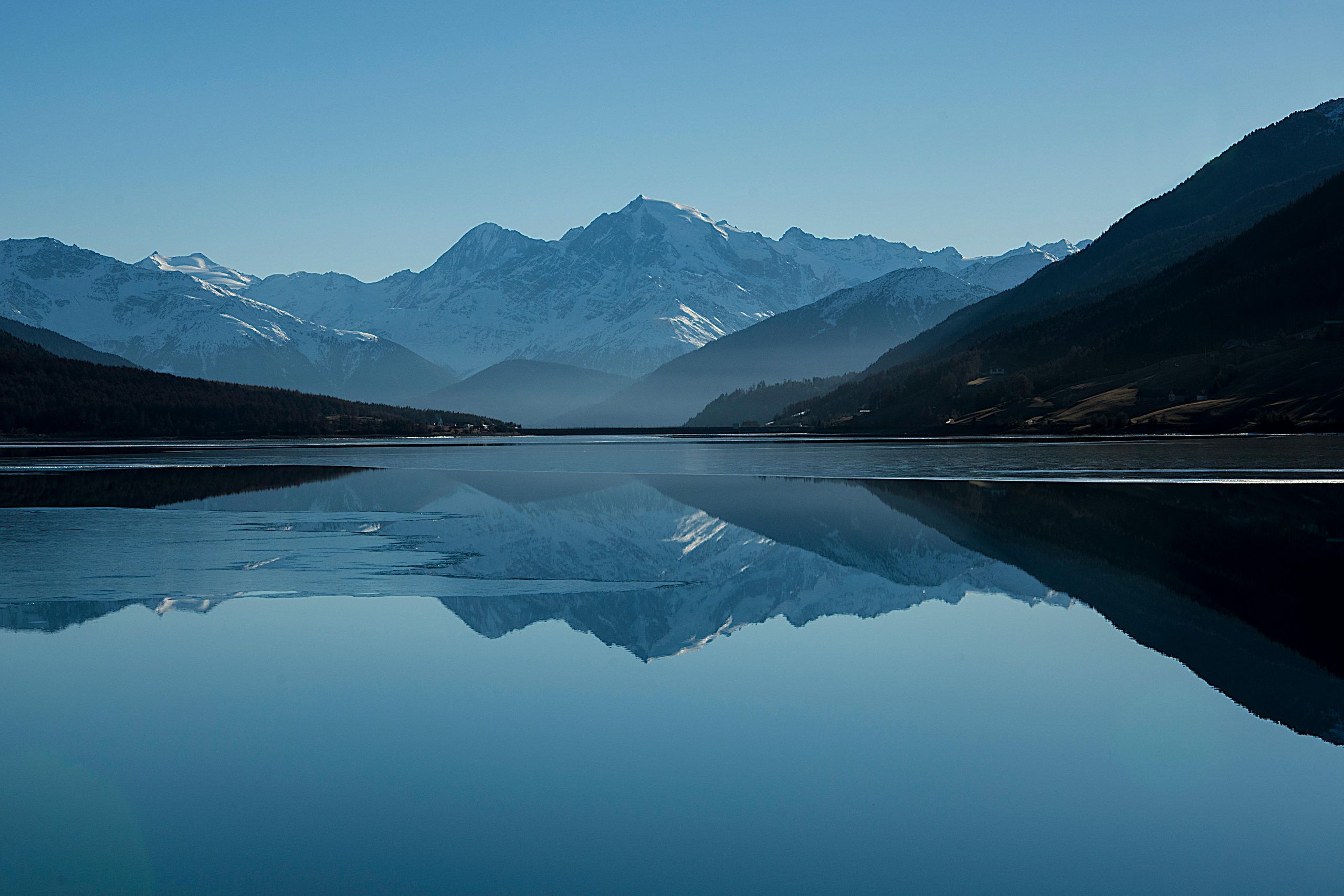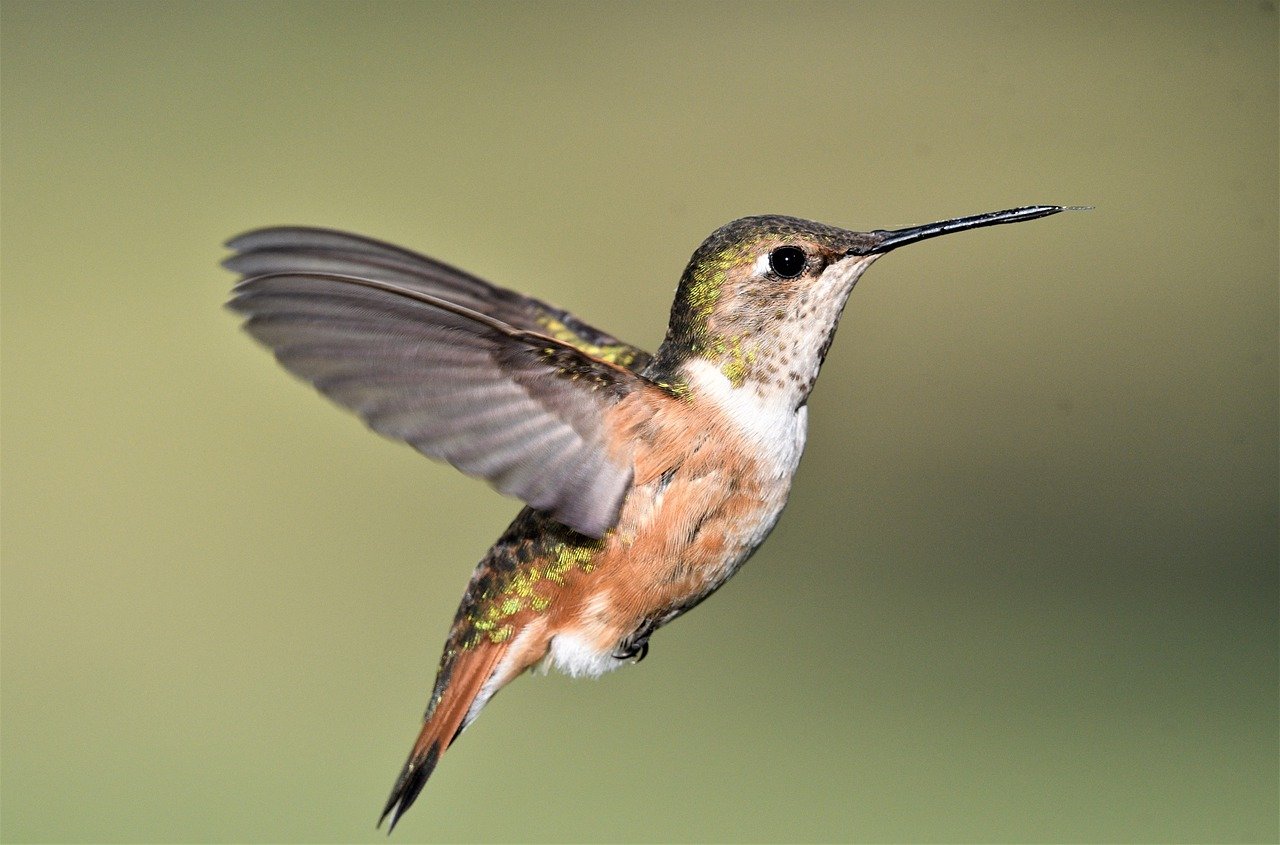Skip to content

Reading the term Rule Of Thirds in photography everywhere? Must be wondering what it means. We’ll help you out!! It’s not strictly a rule but more of a guideline. There are many techniques in photography that could help you click good shots but one of them which is the ‘Rule of Thirds’ has stood the test of time. It helps the photographers to click pictures that could have a lasting impression on the viewers. If practiced in a correct manner, it could be proven as a boon for newcomers into the camera world.
We’ll make sure you won’t be having regrets after reading this. This guide has all the essential points covered you’d be wondering of.
Following are the topics to be discussed in the underlying article:
-
What Is The Rule Of Thirds in photography?
-
History Of Rule Of Thirds
-
Why Is Rule Of Thirds Useful in photography?
-
When To Use Rule Of Thirds in photography?
-
When Not To Use Rule Of Thirds
-
How To Use The Rule Of Thirds in photography
-
Landscape
-
Portrait
-
Wildlife
-
Street…
-
Tips And Tricks To Improve On The Rule Of Thirds
-
Rule Of Thirds Vs Golden Ratio
-
Conclusion
What Is The RULE OF THIRDS In Photography?

One of the most important rules is the ‘Rule of thirds’. It is an easy yet a significant rule in terms of photography. It is made of four lines, two horizontally placed and two of them vertically placed which creates a grid and divides the image into nine equal squares. This is not a mandatory rule but improves the picture as much as possible. It helps in placing the subject in the left and right leaving rest of the space for other objects in the picture. The main focus points of the subject should be placed on the intersection points of the grid. It creates a flow and visual balance of the photograph.
The Rule of Thirds in photography is one of the renowned compositional techniques and very useful especially for the beginners. This is a universal rule which is found in camera settings by default. Once you get used to it you can create imaginary grids for the shots but being consistent with its application could enhance your shots and draw the viewer’s attention.
If as a beginner you are curious about the basic of photography, you must explore our guide on basic photography techniques.
History Of ‘RULE OF THIRDS’
All of us are curious to know one’s history and how it originated. Let us briefly have a look at the history behind the Rule of Thirds in photography. The history behind this rule is quite gloomy. You’ll be amazed to know that this rule is thought to have originated in paintings rather than photographs. 16th century works are an example where this rule can be found. An Italian artist Raphael frequently divided his canvas into three sections to paint. John Thomas Smith in 1797, announced that this is the best rule for the basics of photography. This is when this rule came into practice.
Why Is RULE OF THIRDS Useful In Photography?
Now that you have understood what the Rule of Thirds in photography is, let’s proceed onto why it is useful in photography and what differences it can make to your images.
Basically, rule of thirds revolves around two things:
Coming to the details, when you keep your focus elements on the intersections of the grids, the image looks more balanced. Also, it looks visually interesting to the viewers as the subject and the empty spaces are properly balanced in the thirds.
The rule of thirds also creates dynamism in photography. First, the viewer’s eyes are drawn to the focus elements and then wander through the remaining image.
It is observed that the eyes are more likely to go on the intersection points first rather than center of the shot and this rule does the same naturally.
WHEN TO USE RULE OF THIRDS IN PHOTOGRAPHY?
The rule of thirds in photography can be used in a variety of scenarios. Speaking in a general way, it works best when you have to photograph a subject which is not centered. You can apply this rule when you have to work with distinct compositional elements. Suppose it’s a person, landscape or any other element you have to stress upon, you are free to use this rule. It is an adaptable and flexible rule which adds a sense of harmony to the image and pleases anyone who observes it.
WHEN NOT TO USE RULE OF THIRDS IN PHOTOGRAPHY?
It’s beneficial to have a good command of this rule but there are times when you have to ignore it. It doesn’t change even if the subjects do. You should not consider it when you need to create symmetry in your composition. When your focus element is centered in the frame and all the other elements are evenly placed around it, applying this rule unnecessarily could result in an unusual image.
Another example when this rule should be broken is while shooting a landscape. In this case you must be wanting to place the horizon in the top or bottom of the frame instead of the middle part. So, breaking the rule of thirds in photography sometimes could result in even more superior compositions.
HOW TO USE THE ‘RULE OF THIRDS’
The rule of thirds in photography is very easy once you learn to apply it correctly. You need to know the right usage of this rule for better outcomes. One way is placing the subject off- center within the frame. The points where the lines intersect are referred to as the power points. Now divide your image into nine equal parts and better to place the subject on these power points instead of the dead centers present in the frame. This makes the photo more pleasing and visually appealing. Aligning your focus elements along any one of the grid lines or intersection points could create more dynamic composition.
Let’s sight a few examples where this rule is widely applied…

The Rule of Thirds in photography is a very effective tool when it comes to landscape photography. It could make a huge difference to your scenic shots. Foremost of all, it could help you to know where to place the horizon.
For instance, if you are capturing a river leading towards the massive mountain peaks, place the horizon at the top gridlines. Or if you are capturing beautiful painted cotton candy skies or sunsets, aligning the horizon to the bottom grid line results in awe-inspiring shots.

Portrait photography is all about capturing one’s essence and narrating their story through a frame. When capturing wider shots, the subject’s body is kept along one of the vertical gridlines creating attention towards their presence. Half body photographs also include this rule as the subject’s eyes should be placed across the upper horizontal gridline. What about headshots? The rule of thirds in photography could be a helping hand there too. Try aligning either one or both of the subject’s eyes at an upper power point and see the results!!

Wildlife photography consists of positioning the distant elements at one of the vertical gridlines. You could align the animal’s head at the upper or lower power points to create a strong focal point which draws the viewer’s attention. This could be helpful when you need to capture unique features of a particular animal.
RULE OF THIRDS VS GOLDEN RATIO
You must have found photographers tossing around terms like ‘rule of thirds’ or ‘golden ratio’. Let’s dive deep into the composition world and understand what the above mentioned terms mean.
You all have acquired knowledge about the Rule Of Thirds in photography, now let’s jump on to the other rule. In a way, both the rules divide a space to create pleasing compositions. The rule of thirds is a simple principle of a 3×3 grid of nine squares, where the focus elements are aligned on the intersections called the power points.
On the other hand, the ‘Golden Ratio’ is a complex principle which gives birth to a new grid named ‘phi grid’. This new grid results in a more pleasing composition of an image. It offers a unique aesthetic to the photograph. Though both the rules are great in their own place but starting with the rule of thirds is better as it’s easy to access.
CONCLUSION
Now that you’ve completed the theoretical part of rule of thirds by gaining whole world’s knowledge, it won’t be of any use if you don’t practice. The Rule Of Thirds in photography is a versatile method of composition which enhances your shots. It is not a complicated rule and can lend a hand in improving your pictures. This rule helps transform your ordinary shots into eye-catching visuals, at the same time results in stunning and momentous photographs. It adds depth and dimension to your composition.
It’s well said that the more you’ll practice it, the more it will be ingrained in your head. So, grab your cameras and keep the rules in mind to see what wonders you can compose!!






